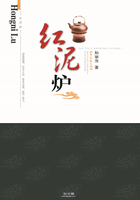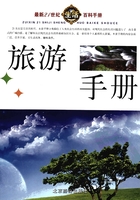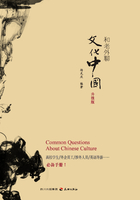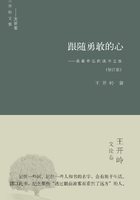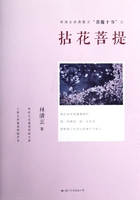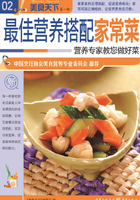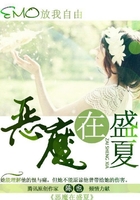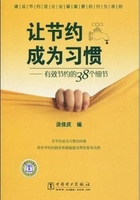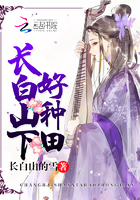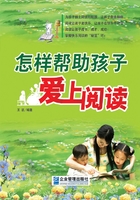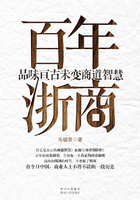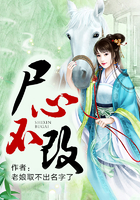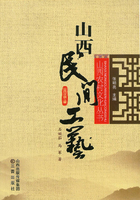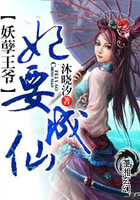Notes:1)controversial有争议的;2)archaeologist考古学家;3)pigment颜料;4)pestle杵;5)inky漆黑的;6)calligraphic书法的
14.练习中国书法有什么好处?
What is the benefit of practicing Chinese calligraphy?
The calligraphy practice can mould a person’s temperament.
When you are in low spirits, try to write down Chinese characters for a while with a Chinese brush. Soon you will cheer up. When you are hotheaded and your emotion is too strong to break control, try to practice calligraphy. Then you will calm down.
Calligraphists enjoy a long life. The practice is a good form of physical training because it requires concentration of mind, a calm temperament and easy breathing. The practice is similar to Chinese Taijiquan (太极拳, Shadowing Boxing). Before you start writing, you should not distract your mind by looking at or listening to any other thing. You must keep calm, and while you write, your calmness and writing should operate harmoniously in co-operation.
Notes:1)temperament气质;2)hotheaded暴躁的;3)con-centration专心;4)breathing呼吸;5)distract使分心
15.什么是中国篆刻?
What is Chinese seal engraving?
Chinese seal engraving, a combination of calligraphy and engraving, has a history of over 2,000 years. Most of the earliest ancient seals can be traced back to the Warring States Period. At that time the ancient seal, either official or private, was called the“xi (玺)”in Chinese. The script on the seal obverse was cut in relief or in intaglio.
After the Qin emperor unified the country, xi was referred only to the“imperial seal.”Another Chinese character,“yin (印)”emerged as a general term for the seals used by ministers, lower ranking officials, or individuals in non-governmental circles. The style of engraved seal characters was similar to the one of the Small Seal Script (小篆) adopted during the Qin Dynasty.
During the Han Dynasty, the xi continued to be referred to royal seals, and yin to other types of seals. Later, some other terms were used. For example,“zhang (章)”was referred to seals used by military generals, and“yinxin (印信)”to personal seals. In the Western Han Dynasty, seals were usually cast, but during the Eastern Han Dynasty, people chiseled seals instead.
From the Warring State Period to the Northern and Southern Dynasties, the main materials for seal engraving were jade, gold, elephant tooth, and animal horns. This period was considered to be“the Period of Ancient Seal Engraving Art.”The Qin Seal (秦印) prevailed from the late Warring States Period to the early years of the Western Han Dynasty, and its seal characters were named the Qin Seal Script (秦篆). The Han Official Seal (汉官印) was referred to a type of seal used from the Han Dynasty to the Northern and Southern Dynasties. Its engraved characters were neat and tidy, the style of the characters was dynamic, and the structure was upright or square.
From the Sui to the Yuan Dynasties, calligraphy and paintings came to assume the highest ranks as classical arts among the many arts of China. Artists, scholars and connoisseurs tended to stamp seals somewhere on a piece of calligraphy or painting for their own enjoyment and connoisseurship. Accordingly, the shoucang seal (收藏印, the connoisseurship seal), the zhaiguan seal (斋馆印, the refined seal inscribed with the names of scholars’ study or living rooms), and the xianwen seal (闲文印, a type of seal inscribed with either poetry, prose, an idiom or a famous remark that contains the person’s personal philosophy or literary inclination) was increasingly fashionable as a form of aesthetic composition. Meanwhile, during the Yuan Dynasty when the Mongols ruled ancient China, the Yuan seal featured both Chinese and Mongolian characters.
The art of seal engraving developed substantially during the Ming Dynasty. By the mid-Ming, it had become a unique seal-engraving art. Wen Peng (文彭, 1478—1573) of the Ming was the most celebrated seal engraver, and engravers over the following generations held him up as the founder of artistic seal engraving. On the basis of the achievements of the Ming Dynasty, the art of seal engraving continued to advance during the Qing Dynasty and in modern times.
The feature of engraved characters is a combination of the Large Seal Script (大篆) and the Small Seal Script (小篆). In addition, the combination has been added with other script patterns like inscriptions engraved on bones or tortoise shells, and inscriptions cast on sacrificial vessels, bronze mirrors, and ancient coins.
Chong (冲) is a traditional technique used by a Chinese engraver to engrave characters. Chong means“engrave something with a forward thrust or cut forcibly as if by a bunch.”In the Qing Dynasty some new styles began to evolve among the chong technique. One of the techniques was called sedao-engraving (涩刀). Exactly what sedao means has been difficult to determine, but it shows that the engraved strokes of sedao-style may not have flowed smoothly, but have some“broken lines (残破).”
Notes:1)relief浮雕;2)intaglio凹雕;3)cast铸造;4)chisel凿;5)prevail流行;6)dynamic充满活力的;7)connoisseur鉴赏家;8)connoisseurship鉴赏,鉴定力;9)inclination爱好;10)substantially实质上地;11)thrust强行推入;12)forcibly强有力地

